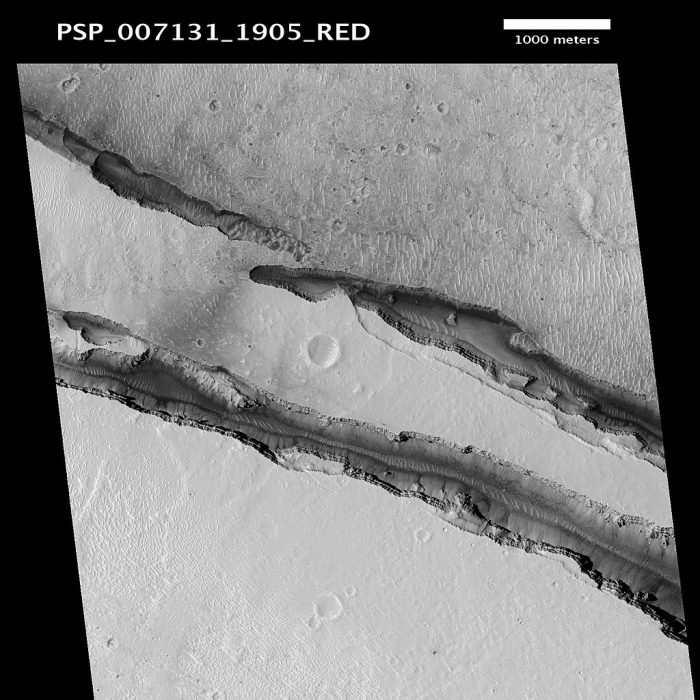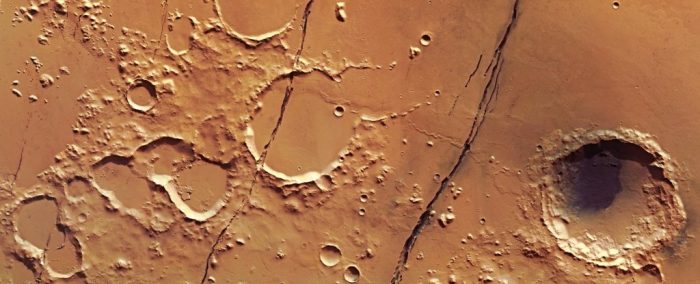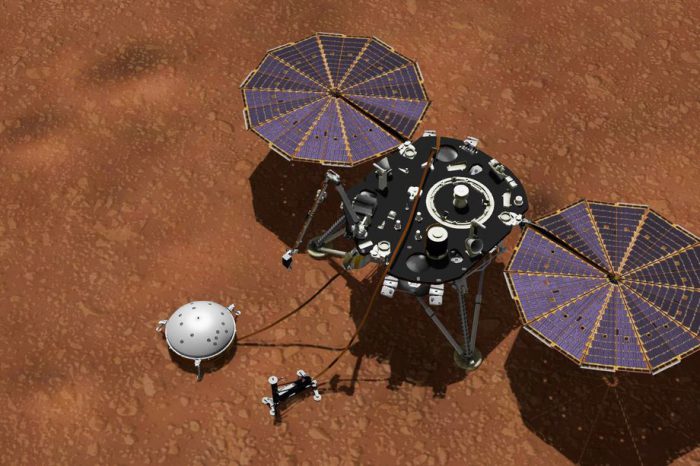Ever since it landed on Mars in 2018, NASA's InSight lander has been looking for one thing and one thing only.
Marsquakes.
It sounds like a funny word, but it is a real thing. Seismic activity (vibrations) from within the planet, cause its rocky crust to move, shift, and crack. And now we have proof.
InSight noted its first seismic tremors back in April 2019 (which we wrote about here). Between April and September 2019, the lander has detected over 170 tremors, 24 of which were quite powerful.
What does all this shaking mean? Let's get a read on these readings!
Tectonic activity
From New Zealand to Japan, Mexico to Iceland, earthquakes affect much of the planet. (Getty Embed)
Before we get to Mars, let's talk about what an earthquake is.
Earth is a seismically active planet. Its tectonic plates — continent-sized slabs of the crust floating on a subterranean sea of magma — are always slowly moving. Earthquakes happen when these plates shift and collide with one another. And from the small to the massive, our home has a whole lot of shaking going on.
Our plate tectonics are a big part of what makes Earth such a unique planet. New research is even suggesting that it is a reason why our planet can support life so well.
Earthquakes are caused by tectonic activity — movements of the crust, relatively near the surface.
Mars is cool (and getting cooler)
Now, back to Mars! It does not appear to be a tectonically active planet. So no huge plates moving around and stuff. (Though scientists believe that it once was, millions of years ago)
Most of the marsquakes detected by InSight come from the fact that the interior of the planet is slowly cooling. When rock cools, it shrinks. Eventually, this shrinking causes the rock to crack. Bingo! A marsquake! At least this is the theory.
But remember those 24 larger tremors that InSight recorded? These were low-frequency quakes — lower frequencies are caused by deeper, heavier rumbles. And the types of tremors are very similar to the ones caused by tectonic activity on Earth. So maybe Mars is tectonically active after all?
Deep, deep down

Cerberus Fossae on Mars is home to many deep cracks. (Wikimedia Commons)
The real trick in solving this mystery? These heavy marsquakes are happening very deep under the surface (around 30 to 50 kilometers / 18 to 30 miles down). So they don't usually affect the surface the same way that larger earthquakes do.
That said, scientists have been able to track the source of a few of these marsquakes. Two of them came from Cerberus Fossae, a part of Mars that is known for its large fissures, or cracks, on its surface.

Get cracking, Cerberus Fossae! (ESA/DLR/FU)
The new marsquake evidence is exciting. It proves that Mars is seismically active... and it might some tectonic activity, too.
As for InSight, its mission lasts for another year. What else will it reveal about our planetary neighbour?
We're quivering in anticipation!
 NASA's InSight lander arrived on Mars in 2018 to help us understand how rocky planets are formed and 'live'. (NASA)
NASA's InSight lander arrived on Mars in 2018 to help us understand how rocky planets are formed and 'live'. (NASA)









